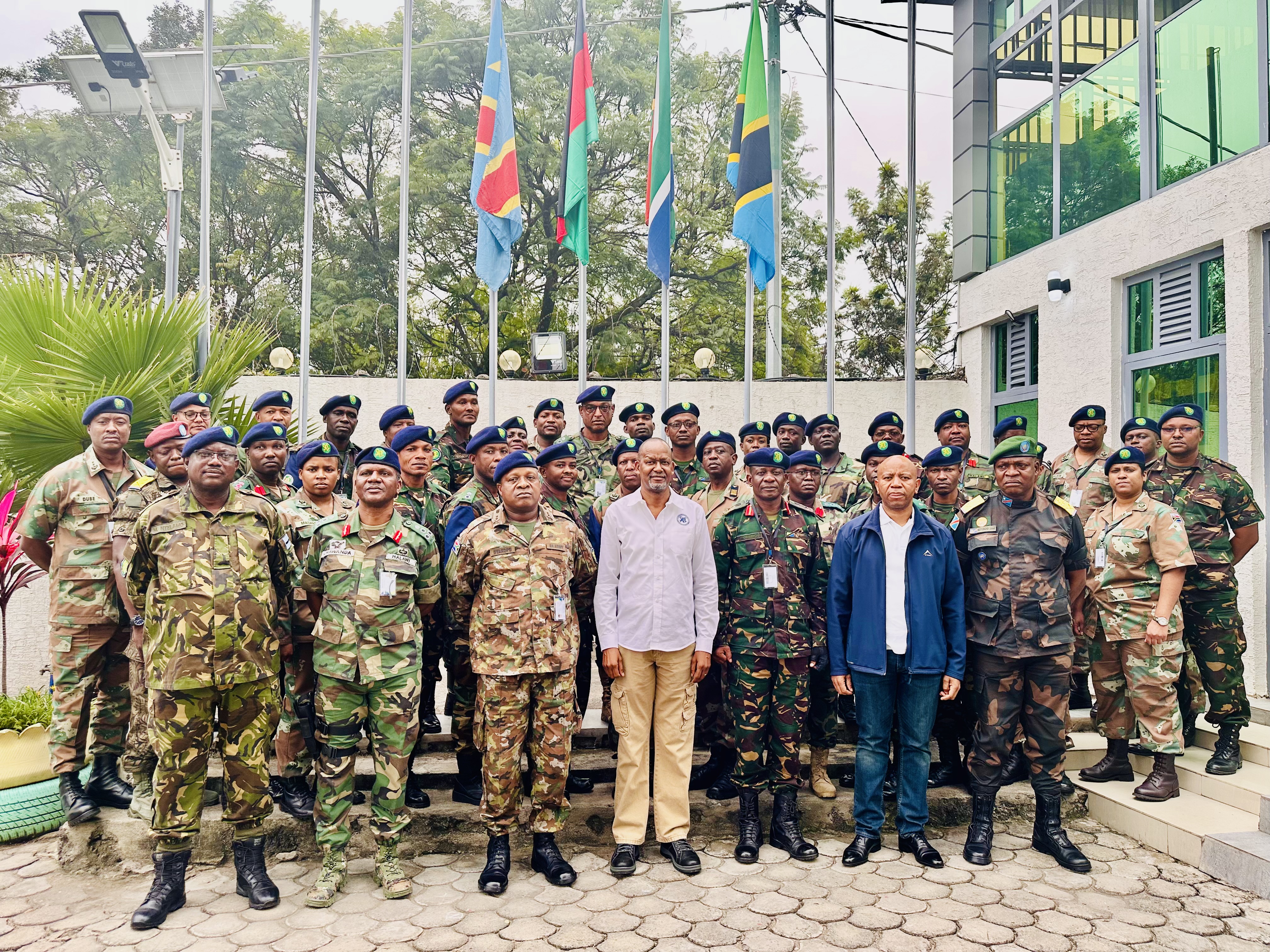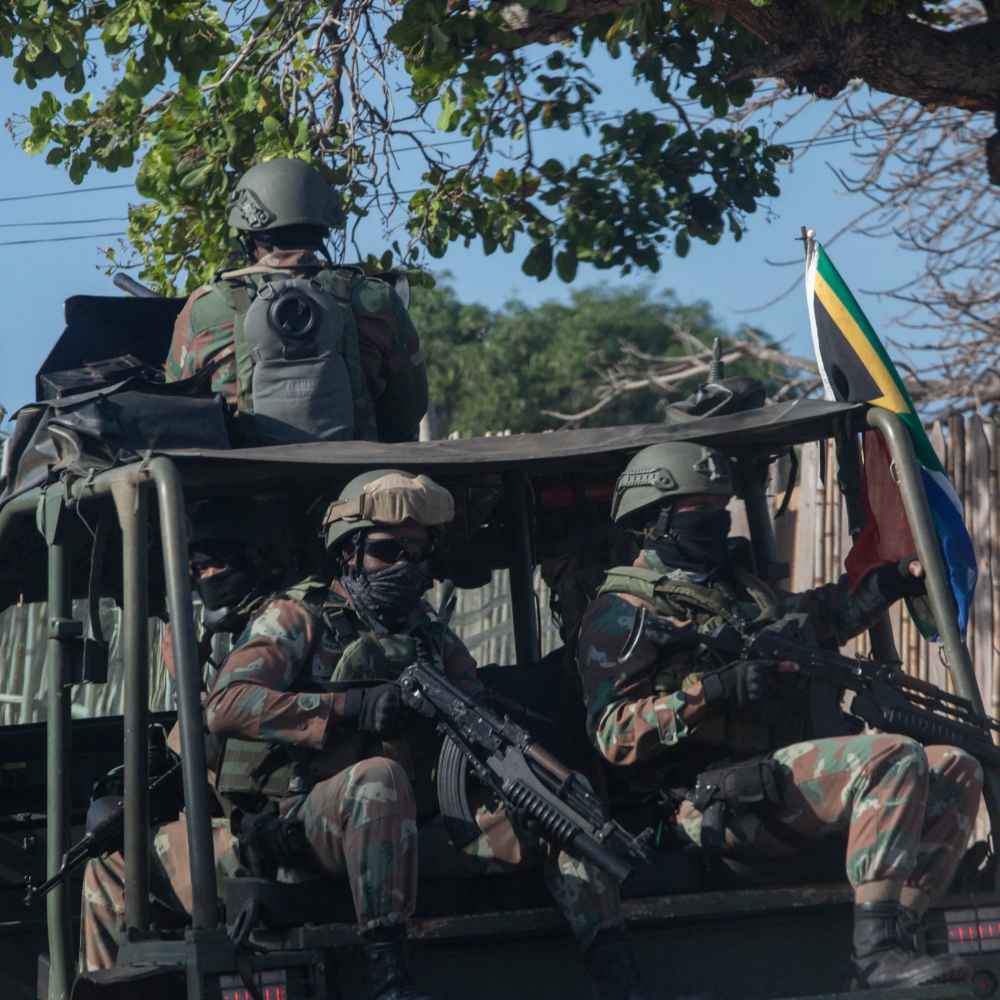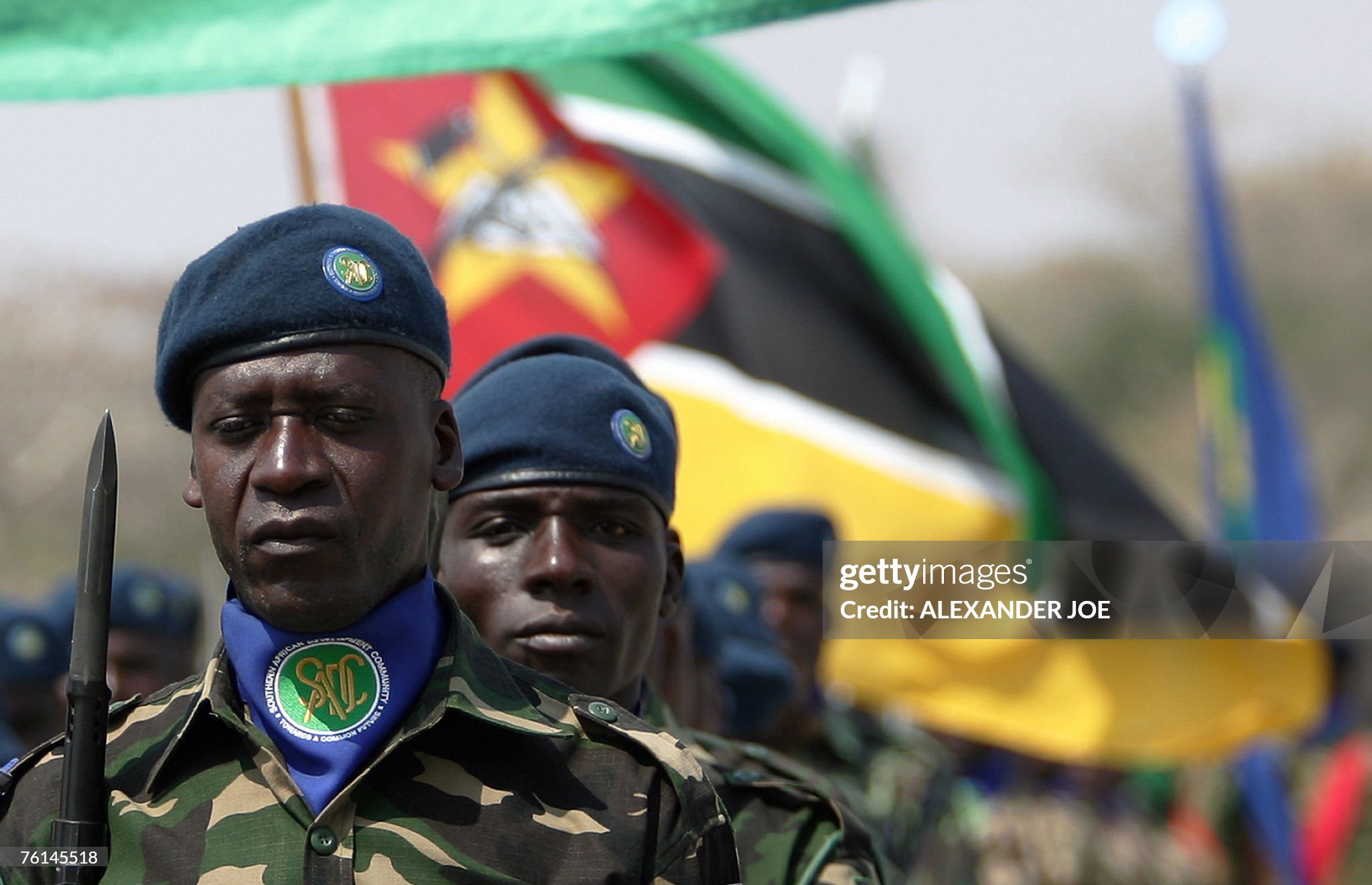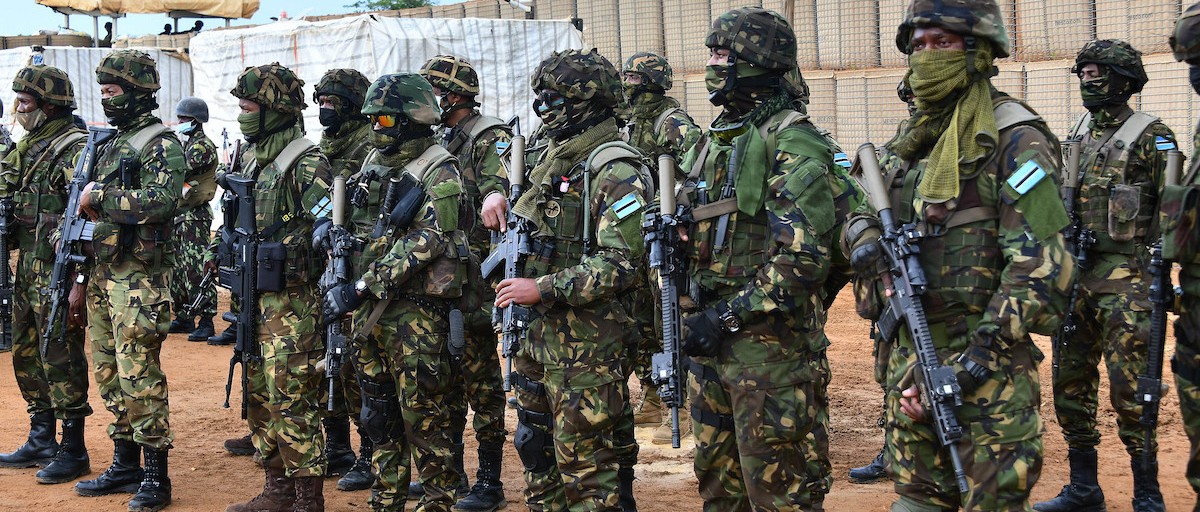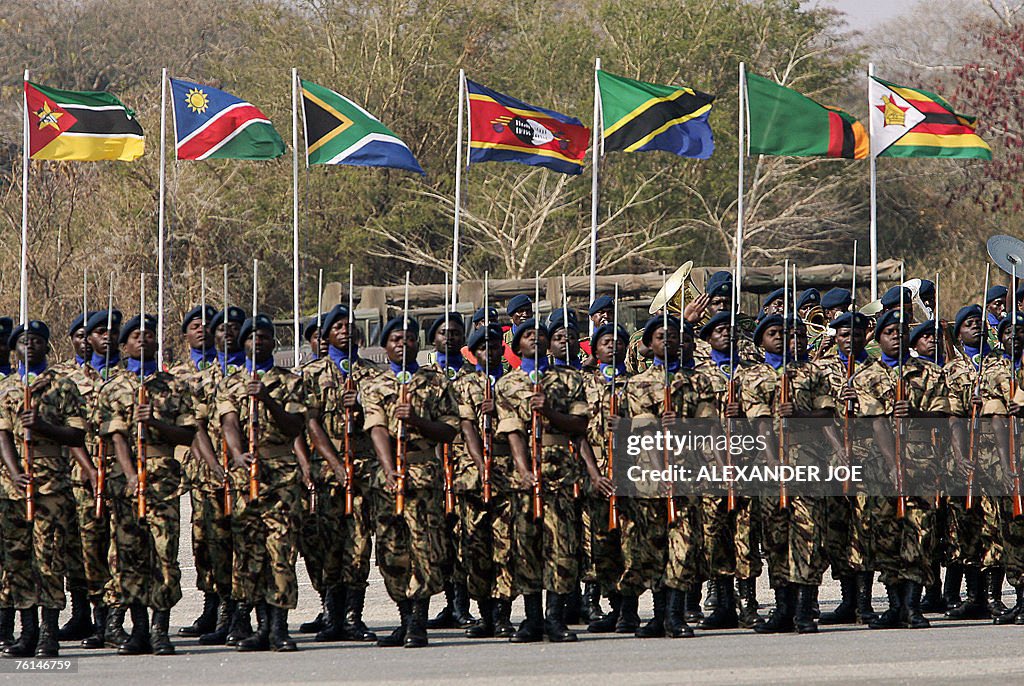International
Treachery in Addis: How DRC's Tshisekedi, Burundi’s Ndayishimiye plotted everything and Ramaphosa’s involvement
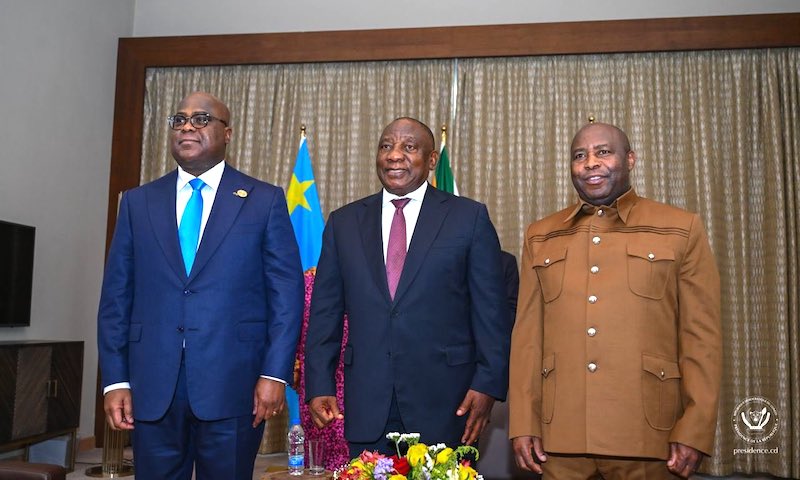
The 37th
Ordinary Session of the Assembly of the Heads of State and Government of the
African Union in Addis Ababa, Ethiopia, from February 15 to 18, had some embarrassing
stories.
Predominately,
how Burundian President Evariste Ndayishimiye and his Congolese counterpart
Felix Tshisekedi plotted and effected a series of maneuvers to avoid giving explanations
about their role in the escalating insecurity in the east of the Democratic
Republic of Congo (DRC), escaped the public’s attention.
Ndayishimiye
dodged a mini-summit hosted by President João Lourenço of Angola, on February
16, to address the root causes of the ongoing insecurity in eastern DRC,
including bad governance, ethnic discrimination, and violence.
Tshisekedi
attended the mini-summit but did not provide any tangible explanations for the
deteriorating state of his country, until Lourenço decided to end the meeting,
with no conclusion.
It all
began two days before the Summit begun, when Ndayishimiye travelled to Kinshasa,
on February 13. The DRC’s Presidency posted on X (former Twitter) that the
security situation in eastern DRC was at the center of the tête-à-tête which
lasted more than an hour between the two Heads of State.
Ndayishimiye
spent a night in Kinshasa, with Tshisekedi, and later travelled on the same plane
to Addis Ababa, but provided no explanations about their military deployments to
eastern DRC which have worsened hostilities in the area.
Upon
arrival in Addis, the pair split up and did not enter the AU headquarters
together so as not to, perhaps, be seen together by other delegates. As the
hour of the mini-summit hosted by Lourenço approached, Ndayishimiye announced
that he was unable to attend, citing “illness”. However, the Burundian President attended the 37th
Ordinary Session the following day, looking very healthy and in good shape.
Sources
from Gitega and Kinshasa said Ndayishimiye and Tshisekedi were sure that
regional leaders would ask Ndayishimiye about why he unilaterally got involved
in DRC’s crisis, militarily, despite the need for a common effort towards
solving the problem. His absence in the mini-summit had been well planned to
evade being on the receiving end of difficult questions he was not ready to
answer.
When
the mini-summit started, even with Ndayishimiye’s absence, Tshisekedi disrupted
proceedings with a series of misbehavior, blaming Rwanda for the prolonged
insecurity in eastern DRC, until Lourenço decided to close the meeting after an
hour, with no conclusion.
The
following day, Lourenço met Rwandan President Paul Kagame and Tshisekedi, separately,
trying to, at least, make some headway. He did not succeed as an emboldened Tshisekedi
remained adamant, upping his rhetoric of scapegoating Rwanda for his country’s
problems, mostly which are due to his poor leadership.
Eventually,
the regional Heads of State left Addis without any joint resolution regarding
the escalating hostilities in eastern DRC.
Meanwhile,
Tshisekedi, Ndayishimiye, and South African President Cyril Ramaphosa managed
to hold a meeting of their own in the Ethiopian capital before they returned to
their respective countries.
The
trio, sources say, discussed the deployment of Southern African Development
Community (SADC) troops in eastern DRC, in a mission now called SAMIDRC.
Even
though Burundi is not a member of SADC, the three Heads of State agreed that Burundian
troops in DRC, who have been fighting M23 rebels in Congolese national army
uniforms, will eventually become part of SAMIDRC.



